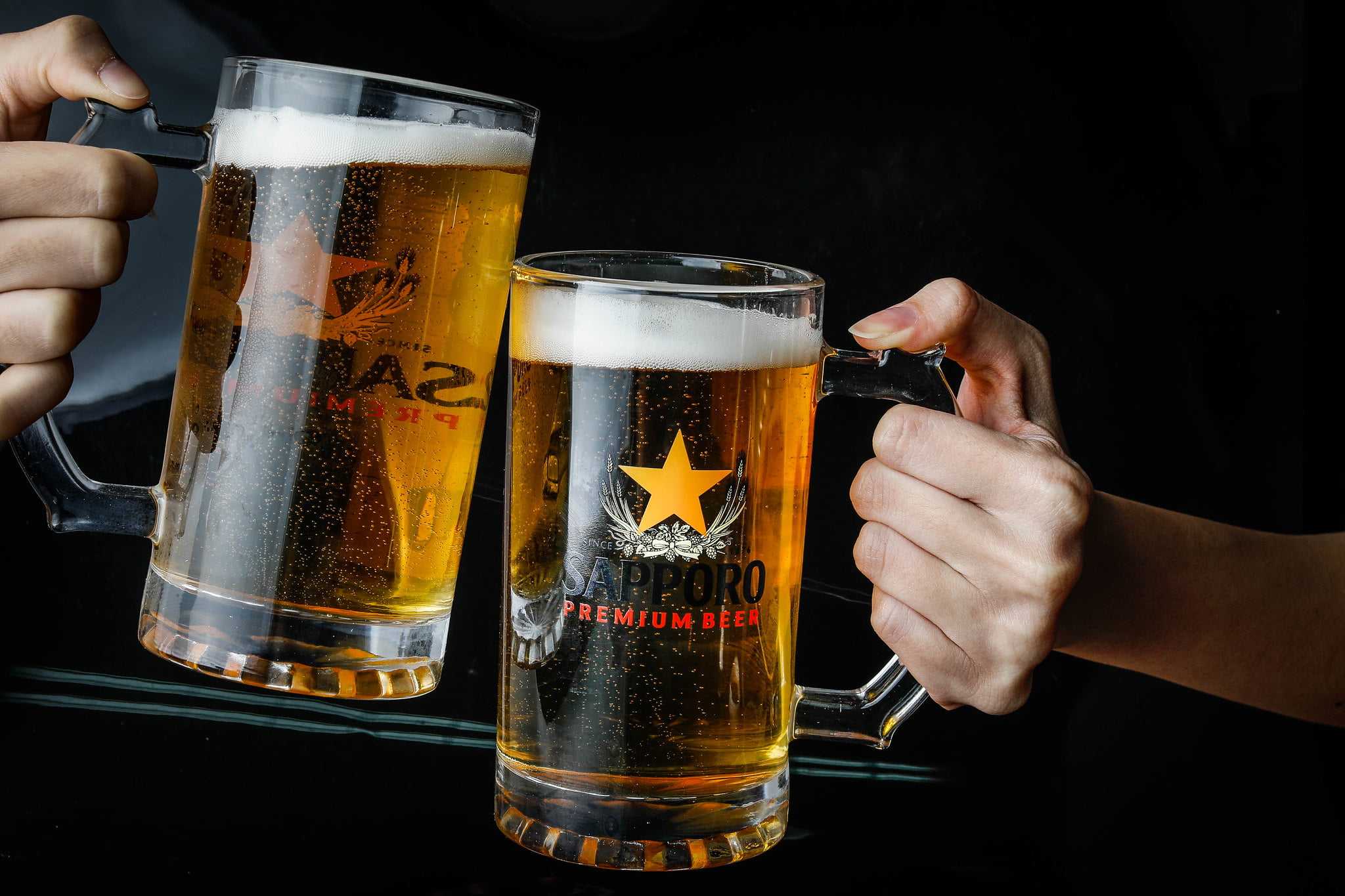Exploring the popularity of Sapporo beer in the United States unveils a story not just of a beverage, but of cultural exchange, market dynamics, and consumer preferences. As one of Japan’s oldest beer brands, Sapporo has a rich history and a distinct presence in international markets, including the U.S. This article delves into the factors influencing its popularity and how it stands in the competitive American beer market.
The History and Introduction of Sapporo Beer in the U.S.
Sapporo, as a brand, made its way to the United States markets in the early 1960s. This introduction timed perfectly with a growing fascination towards Asian cultures, largely influenced by the post-war American presence in Japan. The entry of Sapporo into the U.S. market was seen not only as a business venture but also as a cultural exchange, introducing Americans to a new style and taste in beer.
The initial reception of Sapporo beer in the U.S. was one of intrigue and appreciation, particularly among those who had visited Japan or had developed a taste for international beers. However, being an imported beer, Sapporo was initially priced higher than local brews, which positioned it as a premium product. This aspect influenced its accessibility and popularity among the general beer-drinking demographic.
Over the years, Sapporo has maintained its image as a premium, import beer. While this has helped in maintaining a loyal customer base, it has also limited its exposure to a wider audience that often opts for more economically priced domestic beers. This factor plays a significant role in its perceived popularity in the diverse U.S. beer market.
Market Analysis and Consumer Preferences
Understanding the market share and consumer preferences is crucial when analyzing the popularity of Sapporo beer in the U.S. Compared to domestic giants like Budweiser or Coors, Sapporo holds a smaller segment of the market. The preferences of American beer drinkers have historically leaned towards light lagers and ales, which are brewed locally and offered at a lower price point.
Moreover, the rise of craft beer culture in the U.S. over the past few decades has reshaped the beer landscape significantly. Beer enthusiasts are increasingly favoring local microbreweries that offer unique and diverse flavors. This shift has somewhat sidelined international brands like Sapporo, which stick to traditional recipes and brewing methods. However, among certain demographics, particularly in urban areas with higher Asian expatriate populations, Sapporo enjoys a steady popularity.
It is also noteworthy that Sapporo has made efforts to adapt to the U.S. market by acquiring American breweries such as Anchor Brewing. This strategic move has allowed Sapporo to tap into the craft beer market, potentially increasing its appeal among American beer connoisseurs who value heritage and quality in brewing.
Comparative Analysis With Other Imported Beers
In the realm of imported beers, Sapporo faces competition from European giants like Heineken and Guinness, as well as other Asian brands such as Tsingtao and Asahi. Each of these brands has carved out its own niche in the American market, leveraging various strategies ranging from aggressive marketing to local brewing.
Sapporo’s strategy has been comparatively subdued, focusing on maintaining the authenticity of its product rather than localizing it to an extent that might compromise its original flavor. This integrity to its roots appeals to a segment of consumers who appreciate authentic international beers, but it also limits its mass appeal in a market driven by price and local preference.
The comparative sales volumes of Sapporo and its competitors indicate that while Sapporo is not at the top of the list of imported beers, it consistently holds a respectable market presence. Its niche market, focused primarily on high-end restaurants and specialty stores, contributes to its status as a premium but somewhat niche player in the larger beer industry.
Consumer Reviews and Brand Perception
Consumer reviews on platforms like Untappd and Beer Advocate show a general appreciation for Sapporo’s quality and taste. The brand is often praised for its crisp and refreshing flavor, which is characteristic of Japanese brewing. However, some reviews point out the higher price point and the availability issues as drawbacks, especially when compared to domestic beers that are easily accessible and cheaper.
The perception of Sapporo as a premium international beer helps it maintain a loyal customer base. Brand loyalty is particularly strong among consumers who prefer international beers and those who have a personal or cultural connection to Japan. These consumers often perceive Sapporo not just as a beer, but as an authentic representation of Japanese brewing tradition.
However, for the average American beer drinker, Sapporo might not be the first choice primarily due to its price and limited availability outside urban centers. This aspect of brand perception plays a crucial role in its overall popularity in the U.S. market.
Conclusion
While Sapporo may not be the most popular beer in the United States when compared to domestic giants or even some other international brands, it holds its own as a respected and quality-driven product in the niche market of imported beers. Its presence in specialty stores and certain demographics that appreciate its authenticity and brewing heritage ensures that it remains a significant player in the diverse American beer landscape.
The future of Sapporo in the U.S. will likely depend on its ability to adapt to changing market dynamics while maintaining the quality and authenticity that has defined the brand for decades. Whether it can expand its appeal beyond its current niche and compete more broadly remains to be seen, but for now, Sapporo continues to enjoy a dedicated following that appreciates its unique offerings in the world of beer.
